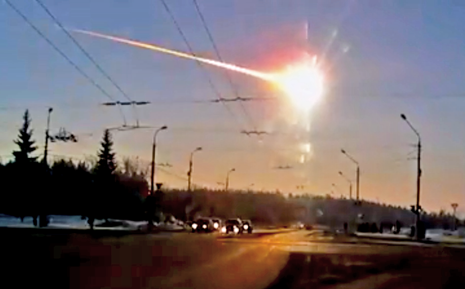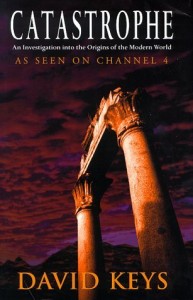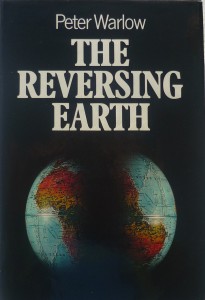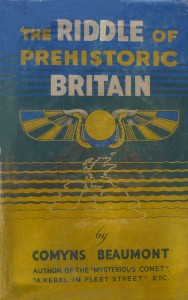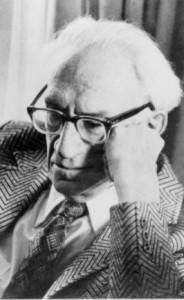Based upon material collated by Dr.Immanuel Velikovsky and published in Kronos journal
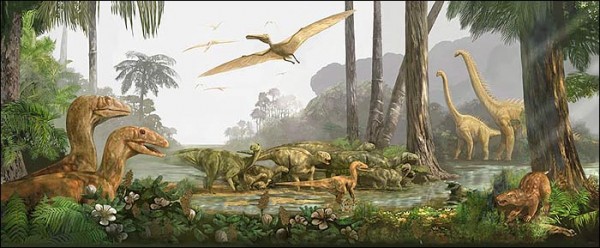 Dinosaur fossils have been found in the Laramie basin in Wyoming together with land plants “remarkably modern in their aspect”; these land plants suggest a much more recent age than the Cretaceous, said to have ended about 70 million years ago. The plants were referred by paleo-botanists to at least the Tertiary epoch, or the Age of Mammals.
Dinosaur fossils have been found in the Laramie basin in Wyoming together with land plants “remarkably modern in their aspect”; these land plants suggest a much more recent age than the Cretaceous, said to have ended about 70 million years ago. The plants were referred by paleo-botanists to at least the Tertiary epoch, or the Age of Mammals.
“The Laramide group has given rise to one of the two most prolonged controversies in the history of American geology.” [C.O. Dunbar, Historical Geology (1949), p. 375.]
But the paleo-zoologists persisted in ascribing the fossils along with the plants to the Cretaceous.
In the red sandstone wall of Hava Supai Canyon in the region of the Grand Canyon in northern Arizona were discovered figures of animals cut by some prehistoric man. “The fact that some prehistoric man made a pictograph of a dinosaur on the walls of this canyon upsets completely all of our theories regarding the antiquity of man.” [Dunbar]
“The fact that the animal is upright and balanced on its tail would seem to indicate that the prehistoric artist must have seen it alive.” [Dunbar]
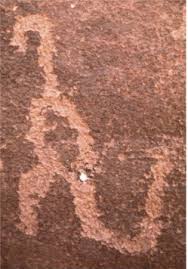
Dinosaurs were in the vicinity, as is established by footprints discovered not more than one hundred miles from the picture.
“Dr. Ales Hrdlicka, President of Anthropology, has given a lecture on these discoveries. Though his facts seem almost fantastic, they demand attention. They are actually nothing more or less than an image of a dinosaur supporting itself on its hind legs and balanced by its enormous tail. And a second drawing shows a saurian attacking a man. … the third drawing portrays a human figure beside a mastodon.” [Samuel Hubbard, Discoveries relating to prehistoric man by the Doheny Scientific Expedition in the Hava Supai Canyon, Northern Arizona (1927), p. 5. E. George, referring to these drawings in The Adventures of Mankind (1931)]
The paleontologist’s scheme requires the extinction of dinosaurs sixty to seventy million years before man appeared on the Earth.
“Either man goes back in Geologic time to the Triassic Period, which is millions of years beyond anything yet admitted (assigned the period 200-240 million years ago), or else there were ‘left over’ dinosaurs which came down into the age of the mammals. Yet even this last conclusion indicates a vast antiquity.” [Hubbard]
Continue reading Dinosaurs in the Age of Man



